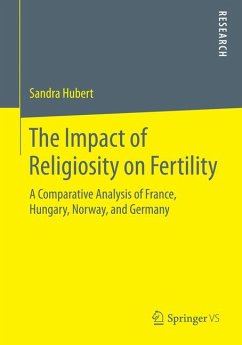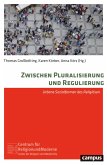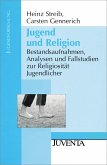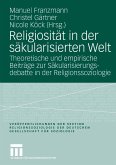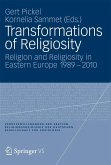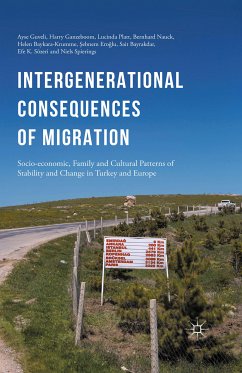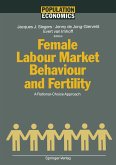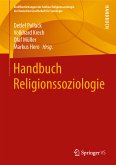The work investigates the impact of religiosity of women and men on their completed fertility in an international comparison considering a long time period. Sandra Hubert aims at uncovering all mechanisms through which religiosity and religious institutions can affect fertility. Hence, both the micro- and the macro-level of each country are explicitly integrated, and theoretically as well as empirically dealt with. The selection of differing countries rests upon the expectation that religiosity influences fertility decisions independently of the institutional context, social norms, state-church-relations, and the national degree of religious vitality. These factors are intensively compared with each other at the country level. At the micro-level the impact of religiosity on fertility is tested by means of regressions and based on the Generations and Gender Survey. Results depend on gender, country, the diverse religious affiliations, and more.
Contents
- Demographic patterns in comparative perspective
- Religion and religiosity
- How religious affiliation and religiosity affect fertility
- The national frame and individual characteristics
- Empirical analysis in comparative perspective
Target Groups
- Lecturers and students of Sociology, the Sociology of Religion, and Demography
The Author
Sandra Hubert is a research assistant at the social monitoring department of the German Youth Institute (DJI) in Munich, Germany.
Dieser Download kann aus rechtlichen Gründen nur mit Rechnungsadresse in A, B, BG, CY, CZ, D, DK, EW, E, FIN, F, GR, HR, H, IRL, I, LT, L, LR, M, NL, PL, P, R, S, SLO, SK ausgeliefert werden.

